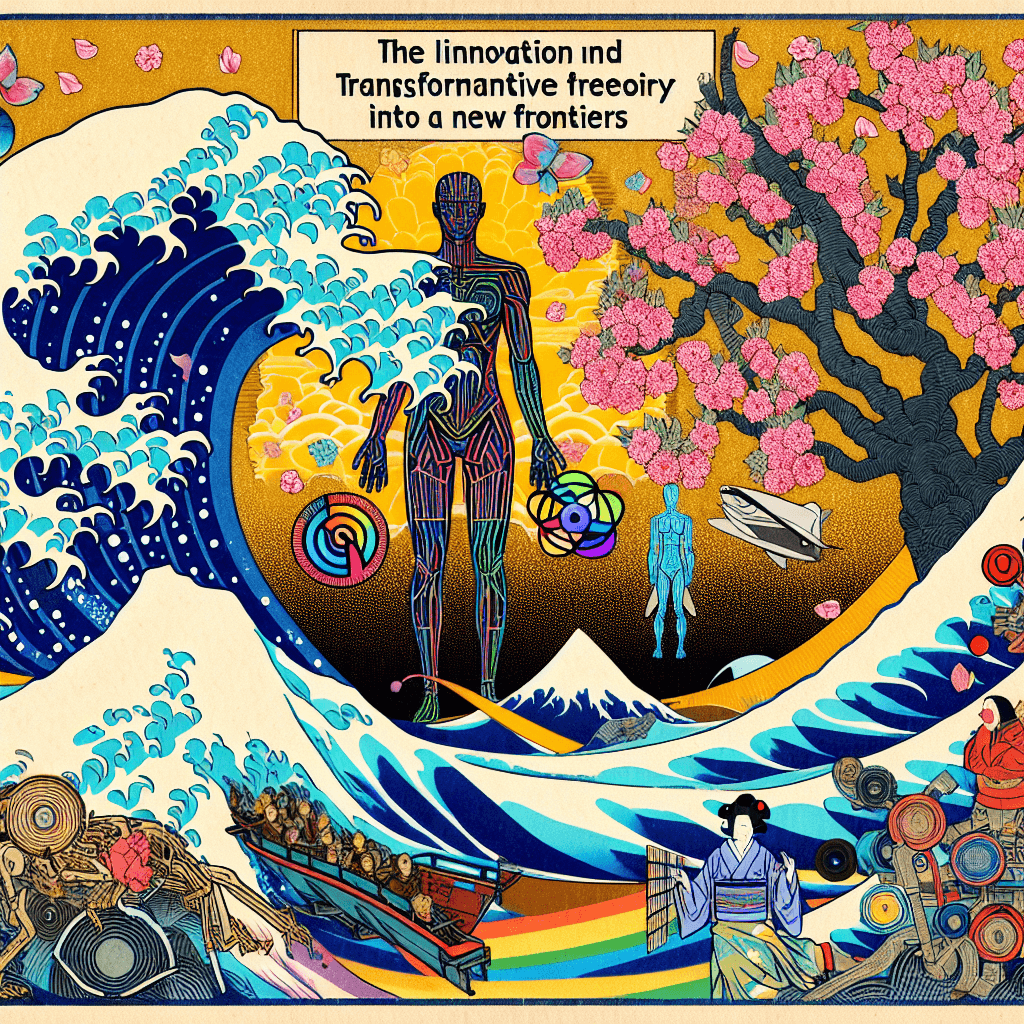Queer Theory & AI: Charting New Frontiers
syndu | Feb. 12, 2025, 4:59 a.m.

(2025-02-12) Planner’s Content Plan: “Queer Theory & AI: Charting New Frontiers”
This plan outlines a blog (or content) series on the intersections of Queer Theory and Artificial Intelligence. Each section can be converted into an ActionItem in your planner, ensuring you have a step-by-step process for researching, writing, and publishing. Feel free to add sub-tasks or revise details according to your specific goals and audience.
1) Introduction: Queer Theory Meets AI
- Objective: Define the scope and purpose of exploring Queer Theory in the context of AI.
- Key Points:
- Offer a brief overview of Queer Theory (e.g., its deconstruction of normative categories).
- Explain why AI—shaping social structures via data, algorithms, and digital platforms—deserves a critical queer lens.
- Highlight the shared quest for uncovering hidden assumptions and biases.
- Action Steps for the Planner:
- Gather baseline definitions (Queer Theory, AI ethics frameworks, etc.).
- Identify the main audience (academic, general readers, activists?) to tailor tone and complexity.
2) Historical and Philosophical Foundations
- Objective: Trace Queer Theory’s core concepts and see how they apply to emerging AI discourses.
- Key Points:
- Revisit Judith Butler’s idea of “performativity” in light of AI-driven social media (identity performance, algorithmic curation, etc.).
- Mention intersections with post-structuralism (Michel Foucault), critical race studies, and intersectional feminism—how AI replicates social power structures.
- Show how “queering” technology means questioning assumptions of “natural” or “neutral” categories in dataset labeling, user profiling, etc.
- Action Steps for the Planner:
- Compile key texts on Queer Theory (Butler, Sedgwick, Halberstam, Muñoz) and identify relevant AI ethics or STS (Science & Technology Studies) readings.
- Draft a clear synopsis bridging these theoretical insights with current AI debates.
3) Concrete Intersections: Bias, Identity, and Algorithmic Power
- Objective: Explore real-world overlaps between AI systems and queer lives/identities.
- Key Points:
- Algorithmic Bias: Examine how algorithms that are trained on heteronormative or cisnormative data sets might perpetuate exclusion.
- Content Moderation & Censorship: Discuss how AI-powered moderation often flags or penalizes queer expression due to skewed definitions of “inappropriate” content.
- Data Privacy & Surveillance: Investigate the heightened risks for marginalized communities when personal data gets commodified or policed.
- Action Steps for the Planner:
- Gather case studies (e.g., examples of queer communities impacted by AI-driven moderation).
- Interview or quote activists, developers, or researchers who challenge algorithmic norms.
4) Queering AI Design: Possibilities for Inclusive Futures
- Objective: Highlight ways that Queer Theory can inspire more inclusive and imaginative AI development.
- Key Points:
- Beyond Binaries: Design data schemas and user profiles that allow for fluid gender and identity markers, going past traditional “male/female” checkboxes.
- Intersectional Thinking: Encourage frameworks that treat oppression and identity as multi-layered, emphasizing that no single demographic dimension stands alone.
- Community Collaboration: Advocate for co-creation with queer and marginalized communities for authenticity, understanding local contexts and needs.
- Action Steps for the Planner:
- Outline potential design principles or standards (e.g., refusing false binaries, iterative user testing with diverse individuals).
- Propose a pilot project or design workshop that enacts these principles in a real AI application.
5) Critical Reflections & Ethical Questions
- Objective: Delve into the broader philosophical and moral implications of merging Queer Theory with AI.
- Key Points:
- Question assumptions about “objectivity” in AI—queer approaches invite us to see knowledge as partial, situated, and frequently biased.
- Discuss power dynamics: who gets to decide which identities are recognized or included in training datasets?
- Link to ethical frameworks that aim to protect vulnerable users from identity-based harm, bridging data ethics with social justice movements.
- Action Steps for the Planner:
- Create mini think-tanks or roundtables with ethicists, activists, and AI developers to critique current AI projects.
- Draft a policy outline for “queer-inclusive data practices.”
6) Conclusion & Next Steps
- Objective: Synthesize the series’ insights and guide readers toward action or deeper engagement.
- Key Points:
- Reiterate how Queer Theory brings fresh perspectives on identity, power, and fluidity—vital for AI’s global impact.
- Highlight actionable takeaways for researchers, developers, and advocates striving to build inclusive technologies.
- Encourage ongoing discussion and collaboration—this conversation is still unfolding and demands communal input.
- Action Steps for the Planner:
- Compile the full series into a final aggregated report or blog collection.
- Share your findings in relevant AI ethics and queer studies forums or conferences.
Final Note
Use the above structure to map each section into your planner as an ActionItem. You might develop them as weekly blog posts, or allocate each to a different team member for deeper dives into research, interviews, or real-world examples. This ensures your exploration of Queer Theory and its intersection with AI remains systematic, reflective, and grounded in both scholarly insight and practical application.
Happy planning!
